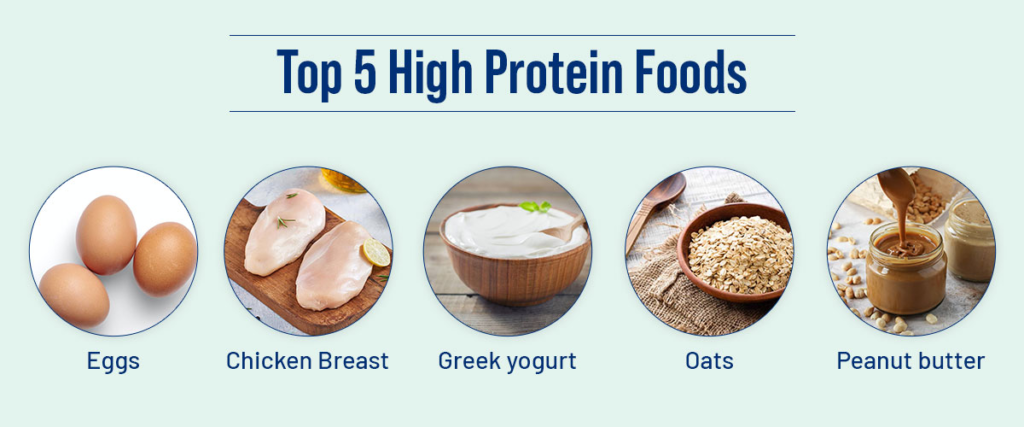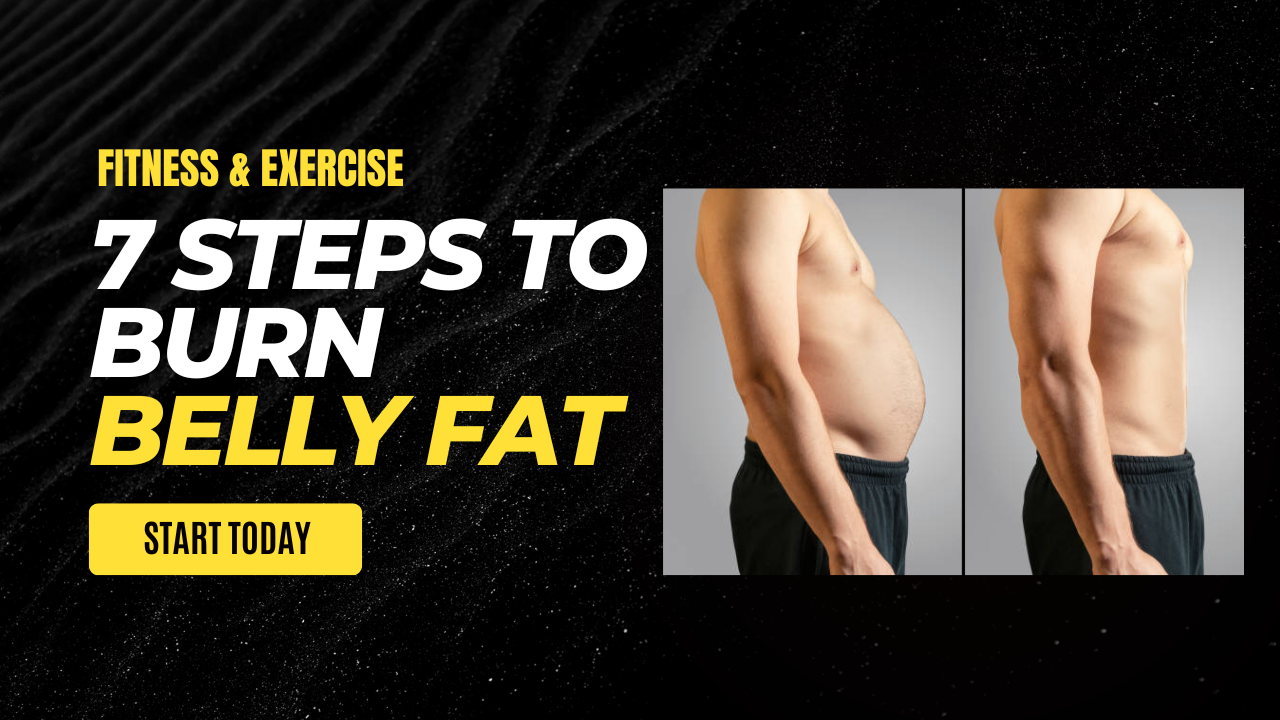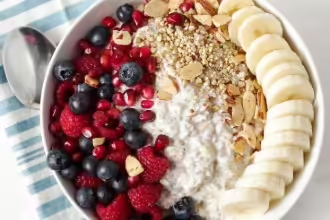When it comes to shedding belly fat, there’s no magic bullet, but with the right approach, you can see significant changes. Here’s 7-day belly fat loss plan for Everyone

If anyone claims they can help you lose belly fat in just a week, they might be overselling it. The truth is, lasting results come from consistent effort, a balanced diet, and regular exercise. Quick fixes often lead to disappointment. Instead, focus on sustainable habits that improve your overall health. So, if someone promises you rapid results, kindly say, “Tell me more about your long-term approach.” After all, true transformation is a journey, not a sprint 7-day belly fat loss plan involves 7 Steps.
Here’s a comprehensive, actionable plan to help you achieve your goal.
Step 1: Clean Out Your Diet
The first step of 7-day belly fat loss plan is to set clear, achievable goals. Without a specific target, it’s easy to lose focus. Once you know what you want your body to look like, it’s time to clean up your diet. Eliminate processed foods, sugary snacks, and sodas from your meals. Focus on whole foods—lean proteins, leafy greens, and healthy fats. Remember, “If you eat like everyone else, you’ll look like everyone else.”

Step 2: Understand BMI and go Calorie Deficit
Before diving into your plan, it’s crucial to know your Body Mass Index (BMI). Your BMI is a measure of body fat based on your height and weight. It’s a useful tool to assess whether you’re underweight, normal weight, overweight, or obese. Knowing your BMI helps you set realistic goals. Next, calculate your maintenance calories—the number of calories you need to maintain your current weight. To lose belly fat, you need to create a calorie deficit, which means consuming fewer calories than your body burns. Aim for a moderate deficit of 500-750 calories per day, which can lead to a healthy and sustainable weight loss of about 1-1.5 pounds per week.
You can use this BMI CALCULATOR to get your BMI details and plan further action.
Step 3: Tracking your Calories.
When it comes to losing belly fat, one of the most effective strategies is tracking your calorie intake. This practice not only helps you stay on track with your goals but also provides valuable insights into your eating habits.
How to track calories?
Don’t worry, we have got you covered.
You can use apps like Healthify or Myfitnesspal to track your calories count.

Step 4: High-Intensity Interval Training (HIIT)
Exercise is important, but the right kind of exercise matters more. Incorporate HIIT workouts into your routine—these are short bursts of intense activity followed by brief rest periods, perfect for burning belly fat. Along with exercise, ensure you’re getting enough protein. Regarding the intake of Protein we will discuss further in detail.

Step 5: Sleep Well and Proper Rest.
Rest and recovery are often overlooked in the pursuit of fitness goals, but they are just as crucial as exercise and nutrition. Resting, which includes both sleep and taking time off from intense physical activity, is essential for allowing your body to repair and rejuvenate itself. When you work out, especially during strength training or high-intensity exercises, your muscles undergo tiny tears that need time to heal. This healing process is what makes your muscles stronger and more resilient. Without adequate rest, your body doesn’t have the chance to fully recover, which can lead to overtraining, fatigue, and even injury.
Sleep, in particular, plays a vital role in regulating hormones that control appetite, stress, and fat storage. During deep sleep, your body releases growth hormone, which is critical for muscle repair and fat burning. Additionally, a good night’s sleep helps balance cortisol levels, the stress hormone that, when elevated, can lead to increased fat storage, especially around the belly area

Step 6: High Protein and Low Carbohydrates
Protein is the most vital macronutrient for anyone looking to shed fat while preserving muscle mass. It helps in repairing and building muscles, reduces hunger by keeping you fuller for longer, and boosts your metabolism through the thermic effect of food, where your body burns more calories digesting protein compared to fats or carbohydrates.
On the other hand, lowering your carbohydrate intake forces your body to tap into stored fat for energy, particularly when combined with regular exercise. Carbohydrates are the body’s primary energy source, but when you reduce their intake, your body begins to burn fat for fuel, aiding in weight loss. This approach is particularly effective for reducing belly fat, as it helps control insulin levels—insulin is a hormone that, when elevated, can lead to fat storage, especially around the midsection.
To implement this strategy, focus on consuming high-quality protein sources such as lean meats, fish, eggs, and plant-based options like tofu and legumes. At the same time, cut back on refined carbs like white bread, pasta, and sugary snacks, replacing them with fibrous vegetables and whole grains in moderation. By prioritizing protein and limiting carbs, you can create a diet that supports fat loss while keeping you energized and satisfied.

Step 7: High Fibers Food – The Real Secret.
In your quest for a flatter belly and overall better health, high-fiber foods are the real game-changer. Fiber, often overlooked in diet plans, plays a crucial role in weight management, digestion, and overall well-being. Here’s why fiber should be your go-to in your fat-loss strategy and how to make it a key part of your diet.
Appetite control: Fiber-rich foods are often filling, reducing hunger and cravings, leading to a natural reduction in calorie intake.
Slow digestion: Fiber slows the digestion of carbohydrates, preventing sudden spikes in blood sugar and insulin levels, which can contribute to fat storage.
Increased satiety: Fiber helps keep you feeling fuller for longer, reducing the likelihood of overeating or snacking between meals.
Improved gut health: A high-fiber diet promotes a healthy gut microbiome, which is linked to a stronger metabolism and enhanced fat burning.
Reduced inflammation: Fiber has anti-inflammatory properties, which can help mitigate chronic inflammation, a known obstacle to fat loss.
Supports healthy blood sugar levels: Fiber helps regulate blood sugar levels, reducing insulin resistance and promoting fat loss.
Increases fat burning: Some fibers, like soluble fiber, can increase the burning of fat for energy.
Incorporate high-fiber foods like:
- Fruits (berries, apples, bananas)
- Vegetables (broccoli, carrots, leafy greens)
- Legumes (beans, lentils, peas)
- Whole grains (brown rice, quinoa, whole wheat)
- Nuts and seeds (almonds, chia seeds, flaxseeds)
Aim for 25-30 grams of fiber per day to support your fat loss journey!










One thought on “How to Loose belly fat within a Week? 7-day belly fat loss plan.”
Comments are closed.